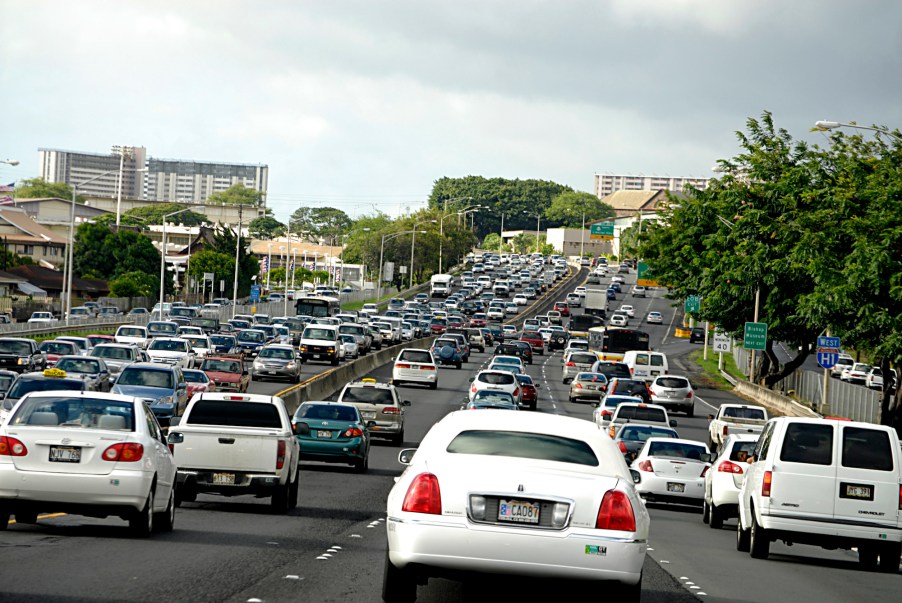
US Traffic Deaths Worst In 15 Years
With the coronavirus shutdowns in 2020, one would think that US traffic deaths would have taken a dive. Instead, traffic deaths soared to their highest since 2007. In all 38,680 people lost their lives on US roads.
Traffic deaths increased by 7.3 percent

That figure represents an increase of 7.2 percent. It is over 2,500 more than all of 2019. And what is striking about the stats is that Americans drove 13 percent fewer miles than they did in 2019. That equates to 1.37 deaths per 100 million miles-the highest number since 2006. In 2019 that number was 1.11 deaths per 100 million.
So what happened? According to the National Highway Traffic Safety Administration, there were a number of factors in play. Impaired driving, speeding, and more drivers not wearing seat belts were the big factors in the rise in deaths.
The NHTSA released a statement saying “fewer Americans drove but those who did take more risks and had more fatal crashes. … It’s irresponsible and illegal to drive under the influence of drugs or alcohol, which not only puts your life at risk but the lives of others.”
Speeding deaths rose by 10 percent, as were alcohol-related accidents

Deaths were up 15 percent for those not wearing seat belts. Speeding deaths rose by 10 percent, and alcohol-related accidents were up almost 10 percent. “We intend to use all available tools to reverse these trends and reduce traffic fatalities and injuries,” said acting NHTSA Administrator Steven Cliff.
Since the roads were less congested, more Americans who drove took bigger risks. With roads seeing fewer travelers it was easier to speed, and that contributed to the death rate as well. Many drivers assumed that with the risk of contracting COVID-19 the police wouldn’t be so quick to issue speeding tickets. Luckily, some numbers went down. Accidents, where large trucks were involved, dropped two percent. Deaths among people 65 and older dropped about nine percent.
“Drivers who remained on the roads engaged in more risky behavior”

Finally, a high number of accidents involved the use of drugs or alcohol. Says the NHTSA, “Drivers who remained on the roads engaged in more risky behavior, including speeding, failing to wear seat belts, and driving under the influence of drugs or alcohol.”
There is money proposed in President Biden’s infrastructure package for “vital funding” for road safety. Of course, traffic getting back to pre-COVID-19 levels means people will drive slower. And hopefully, with more cars on the road, they will also drive more carefully. So there is a silver lining to lots of traffic and vehicles on the road.



